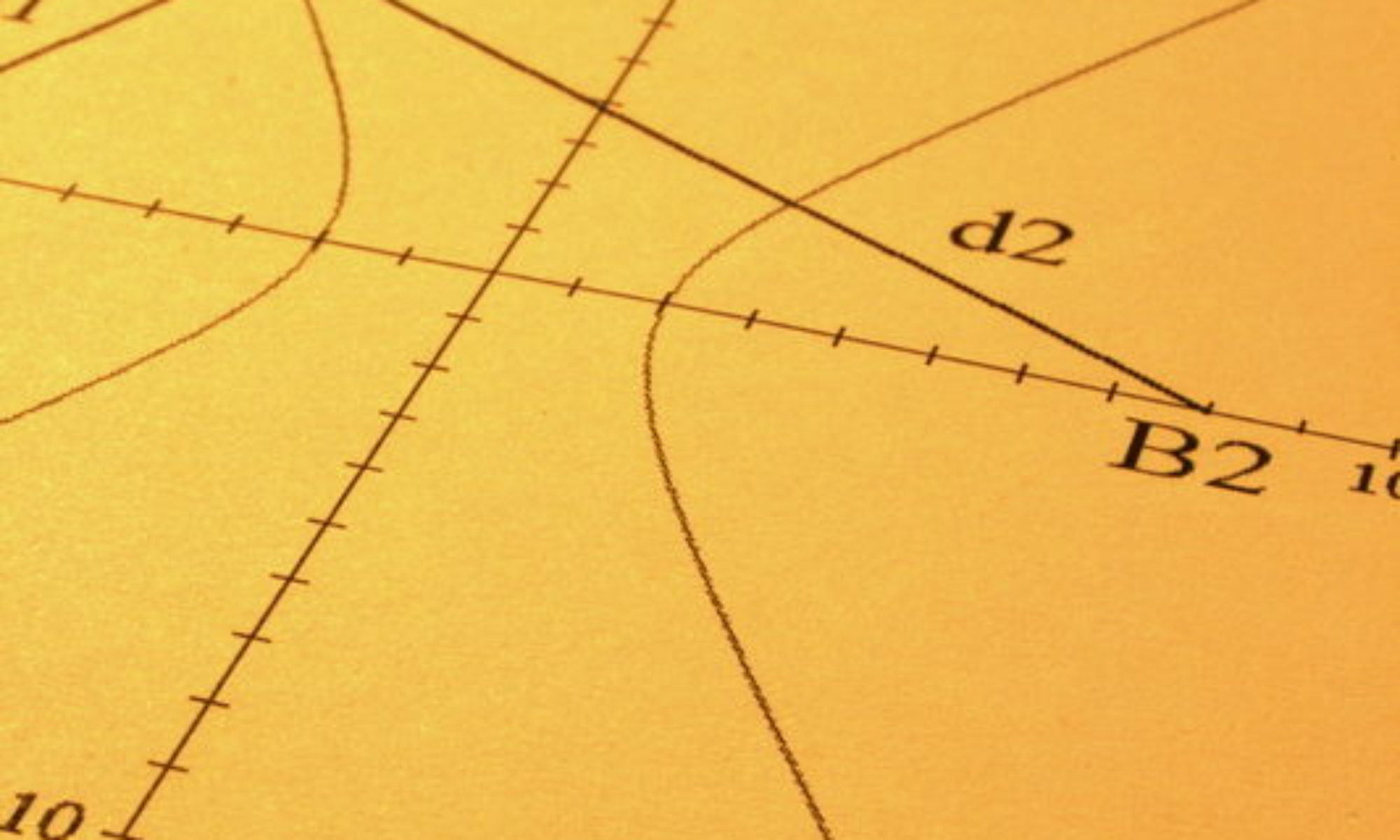In 2016, I was asked to create a creative mathematics course and in doing so, I researched some books which are suitable for young people of different ages to expand their interest in the subject. The table has a brief summary of each book and below you will find more detailed information.
The Dot and the Line: A Romance in Lower Mathematics Once upon a time there was a sensible straight line who was hopelessly in love with a beautiful dot. But the dot, though perfect in every way, only had eyes for a wild and unkempt squiggle. All of the line’s romantic dreams were in vain, until he discovered…angles! Now, with newfound self-expression, he can be anything he wants to be–a square, a triangle, a parallelogram. And that’s just the beginning! First published in 1963 and made into an Academy Award-winning animated short film, here is a supremely witty love story with a twist that reveals profound truths about relationships–both human and mathematical–sure to tickle lovers of all ages.
Sir Cumference and the Dragon of Pi is a fun book aimed at younger children to learn concepts about pi, geometry terms and maths related to the circle.
This is Not a Maths Book Discover how maths can be artistic and art can be mathematical with this awesome activity book, full of fun drawing challenges with a mathematical basis. Amazing patterns with a mathematical essence will be revealed as you follow the simple activity instructions. Learn incredible maths facts as you draw the beautiful designs. From simple geometric patterns to fascinating fractal art, to awesome anamorphic art, and cool celtic knots, discover the beauty in maths, and the maths in beauty. Left-brain and right-brain come together to create fantastic maths art!
The Riddle of Scheherazade The most entertaining logician and set theorist who ever lived” (Martin Gardner) gives us an encore to The Lady or the Tiger?-a fiendishly clever, utterly captivating new collection of 225 brainteasers, puzzles, and paradoxes.
Aha! Gotcha Paradoxes to puzzle and delight.
Logic Puzzles Anyone who likes logic puzzles would love this book. The puzzles are not just printed they are presented in colorful illustrations. The book has several plots that all come together at the end. I love this book and I think anyone who likes logic problems would too.
The Chess Mysteries of Sherlock Holmes Here — from philosopher/logician/puzzlemaker Raymond Smullyan — are fifty elegant, witty, and altogether unique “chess mysteries.” In each problem the solver has to deduce certain events in a game’s past. For example: On what square was the White queen captured? or, Is the White queen promoted or original?
Since these problems involve the same sort of logical reasoning that lies at the core of the Sherlock Holmes stories, Raymond Smullyan has aptly set each one within its own Holmes-Watson dialogue. In each case Holmes, by his remarkable powers of deduction, is able to demonstrate to his awed admirers precisely what must have happened, move by move, at the “scene of the crime” — the chess table. For example: what the missing piece is; what square it should be on; whether or not either side can castle.
In the second half, through a series of progressively more difficult (self-contained) chess problems, Holmes, with the reader’s help, solves a mystery and a double murder — perpetrated, of course, by Moriarty. And at the end of the book are ten bonus problems from Moriarty himself (four of them composed before the age of nine!)
Mythematics: Solving the Twelve Labors of Hercules How might Hercules, the most famous of the Greek heroes, have used mathematics to complete his astonishing Twelve Labors? From conquering the Nemean Lion and cleaning out the Augean Stables, to capturing the Erymanthean Boar and entering the Underworld to defeat the three-headed dog Cerberus, Hercules and his legend are the inspiration for this book of fun and original math puzzles.
The Symmetry of Things Start with a single shape. Repeat it in some way―translation, reflection over a line, rotation around a point―and you have created symmetry.
Symmetry is a fundamental phenomenon in art, science, and nature that has been captured, described, and analyzed using mathematical concepts for a long time. Inspired by the geometric intuition of Bill Thurston and empowered by his own analytical skills, John Conway, with his coauthors, has developed a comprehensive mathematical theory of symmetry that allows the description and classification of symmetries in numerous geometric environments.
This richly and compellingly illustrated book addresses the phenomenological, analytical, and mathematical aspects of symmetry on three levels that build on one another and will speak to interested lay people, artists, working mathematicians, and researchers.
50 Maths Ideas You Really Need to Know Who invented zero? Why 60 seconds in a minute? How big is infinity? Where do parallel lines meet? And can a butterfly’s wings really cause a storm on the far side of the world?
In 50 Maths Ideas You Really Need to Know, Professor Tony Crilly explains in 50 clear and concise essays the mathematical concepts – ancient and modern, theoretical and practical, everyday and esoteric – that allow us to understand and shape the world around us.
Packed with diagrams, examples and anecdotes, this book is the perfect overview of this often daunting but always essential subject. For once, mathematics couldn’t be simpler.
Contents include: Origins of mathematics, from Egyptian fractions to Roman numerals; Pi and primes, Fibonacci numbers and the golden ratio; What calculus, statistics and algebra can actually do; The very real uses of imaginary numbers; The Big Ideas of relativity, Chaos theory, Fractals, Genetics and hyperspace; The reasoning behind Sudoku and code cracking, Lotteries and gambling, Money management and compound interest; Solving of Fermat’s last theorem and the million-dollar question of the Riemann hypothesis.
Alex’s Adventures in Numberland
The book is written for the general reader. It’s my journey as I travel around the world meeting characters who bring mathematical ideas to life. The pages contain reportage, history and mathematical proofs.
The subject areas I discuss include the cognitive psychology of numbers, number systems, number bases, the abacus, Euclidean geometry, origami, arithmetic, pi, algebra, logarithms, slide rules, sequences, prime numbers, puzzles, magic squares, probability, statistics, non-Euclidean geometry and infinity.
Here’s Looking at Euclid Too often math gets a bad rap, characterized as dry and difficult. But, Alex Bellos says, “math can be inspiring and brilliantly creative. Mathematical thought is one of the great achievements of the human race, and arguably the foundation of all human progress. The world of mathematics is a remarkable place.”
The Number Devil In twelve dreams, Robert, a boy who hates math, meets a Number Devil, who leads him to discover the amazing world of numbers: infinite numbers, prime numbers, Fibonacci numbers, numbers that magically appear in triangles, and numbers that expand without. As we dream with him, we are taken further and further into mathematical theory, where ideas eventually take flight, until everyone – from those who fumble over fractions to those who solve complex equations in their heads – winds up marveling at what numbers can do.
Hans Magnus Enzensberger is a true polymath, the kind of superb intellectual who loves thinking and marshals all of his charm and wit to share his passions with the world. In The Number Devil, he brings together the surreal logic of Alice in Wonderland and the existential geometry of Flatland with the kind of math everyone would love, if only they had a number devil to teach it to them.
The Man Who Counted Malba Tahan is the creation of a celebrated Brazilian mathematician looking for a way to bring some of the mysteries and pleasures of mathematics to a wider public. The adventures of Beremiz Samir, The Man Who Counted, take the reader on a journey in which, time and again, Samir summons his extraordinary mathematical powers to settle disputes, give wise advice, overcome dangerous enemies, and win for himself fame, fortune, and rich rewards. We learn of previous mathematicians and come to admire Samir’s wisdom and patience. In the grace of Tahan’s telling, these stories hold unusual delights for the reader.
What is the Name of This Book? The value of the book lies in the wealth of ingenious puzzles. They afford amusement, vigorous exercise, and instruction.” — Willard Van Orman Quine, The New York Times Book Review
If you’re intrigued by puzzles and paradoxes, these 200 mind-bending logic puzzles, riddles, and diversions will thrill you with challenges to your powers of reason and common sense. Raymond M. Smullyan — a celebrated mathematician, logician, magician, and author — presents a logical labyrinth of more than 200 increasingly complex problems. The puzzles delve into Gödel’s undecidability theorem and other examples of the deepest paradoxes of logic and set theory. Detailed solutions follow each puzzle.
Things to make in the Fourth Dimension contains some of the author’s favourite bits of mathematics, complete with hands-on activities. If you want an insight into the world of being a mathematician, while putting up with his dry jokes and hilarious chapter headings at the same time, this is the book for you!
The Man Who Loved Only Numbers The biography of a mathematical genius. Paul Erdos was the most prolific pure mathematician in history and, arguably, the strangest too. ‘A mathematical genius of the first order, Paul Erdos was totally obsessed with his subject – he thought and wrote mathematics for nineteen hours a day until he died. He travelled constantly, living out of a plastic bag and had no interest in food, sex, companionship, art – all that is usually indispensible to a human life. Paul Hoffman, in this marvellous biography, gives us a vivid and strangely moving portrait of this singular creature, one that brings out not only Erdos’s genius and his oddness, but his warmth and sense of fun, the joyfulness of his strange life.’ Oliver Sacks For six decades Erdos had no job, no hobbies, no wife, no home; he never learnt to cook, do laundry, drive a car and died a virgin. Instead he travelled the world with his mother in tow, arriving at the doorstep of esteemed mathematicians declaring ‘My brain is open’. He travelled until his death at 83, racing across four continents to prove as many theorems as possible, fuelled by a diet of espresso and amphetamines. With more than 1,500 papers written or co-written, a daily routine of 19 hours of mathematics a day, seven days a week, Paul Erdos was one of the most extraordinary thinkers of our times.
100 Math Brainteasers 100 Math Brainteasers (Grade 7-10) is a subtle selection of one hundred arithmetic, algebra, and geometry assignments, which efficiently train the mind in math skills. It will be helpful for students attending High School and also in preparation for Mathematical competitions or Olympiads at a younger age. The assignments can equally be used in the classroom or in extracurricular activities. The fun and games are delightful, original, and solving them is even more enjoyable thanks to the funny illustrations. Most of the math problems do not require any exceptional mathematical proficiency, but above all, they challenge one’s creativity and ability to think logically. Only a few solicit the knowledge of algebraic expressions and rules of geometry. Authors: Zbigniew Romanowicz, Ph.D., was an outstanding teacher and a well-known proponent of mathematics among young people. He belonged to the great Russian-Polish school of mathematics. He served as Director of the Institute of Mathematics at the Wroclaw University of Technology in Poland. In the years 1992-2004, he chaired the jury of the Polish Mathematics and Logic Games championship, which is within the works of the Paris-based ‘Comite International des Jeux Mathematiques’. He ran the popularly acclaimed interscholastic math clubs. For 10 years, he was chairman of the Committee of Regional Mathematical Olympiads. He was an avid promoter of mathematics and an activist of the Polish Mathematical Society. Bartholomew Dyda, Eng. D., a graduate of the Faculty of Fundamental Problems of Technology at the Wroclaw University of Technology in Poland, is working at the Institute of Mathematics and Computer Science at the Wroclaw University of Technology. Since 1992 he competes in the Mathematical and Logic Games championships, achieving considerable success. He is a two-time recipient of the bronze medal at the International Championship of Mathematical and Logical Games in Paris, France.
300+ Mathematical Pattern Puzzles: Number Pattern Recognition & Reasoning Enjoy a variety of mathematical pattern puzzles. It starts out easy with basic patterns and simple puzzles, and the challenge level grows progressively. This way, puzzlers of all ages and abilities can enjoy many of the patterns and puzzles in this book.
Like this:
Like Loading...
















